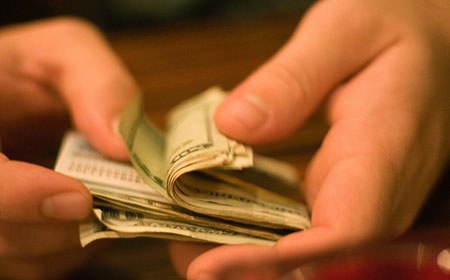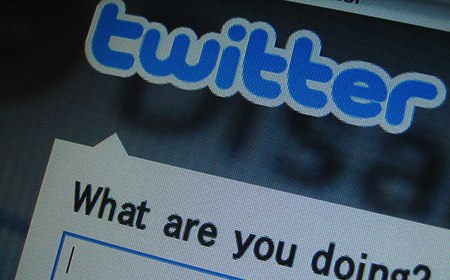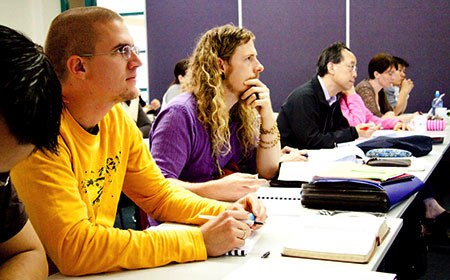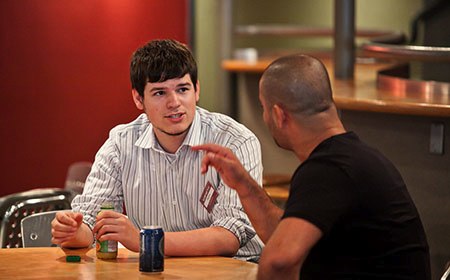Not all thieves are stupid.
This gives us something to think about with all our new electronic technology.
GPS
Someone had their car broken into while they were at a football game. Their car was parked on the green which was adjacent to the football stadium and specially allotted to football fans. Things stolen from the car included a garage door remote control, some money and a GPS which had been prominently mounted on the dashboard.
When the victims got home, they found that their house had been ransacked and just about everything worth anything had been stolen. The thieves had used the GPS to guide them to the house. They then used the garage remote control to open the garage door and gain entry to the house. The thieves knew the owners were at the football game, they knew what time the game was scheduled to finish and so they knew how much time they had to clean out the house. It would appear that they had brought a truck to empty the house of its contents.
Something to consider if you have a GPS - don't put your home address in it. Put a nearby address (like a store or gas station) so you can still find your way home if you need to, but no one else would know where you live if your GPS were stolen.
Someone had their car broken into while they were at a football game. Their car was parked on the green which was adjacent to the football stadium and specially allotted to football fans. Things stolen from the car included a garage door remote control, some money and a GPS which had been prominently mounted on the dashboard.
When the victims got home, they found that their house had been ransacked and just about everything worth anything had been stolen. The thieves had used the GPS to guide them to the house. They then used the garage remote control to open the garage door and gain entry to the house. The thieves knew the owners were at the football game, they knew what time the game was scheduled to finish and so they knew how much time they had to clean out the house. It would appear that they had brought a truck to empty the house of its contents.
Something to consider if you have a GPS - don't put your home address in it. Put a nearby address (like a store or gas station) so you can still find your way home if you need to, but no one else would know where you live if your GPS were stolen.
MOBILE PHONES
I never thought of this...
This lady has now changed her habit of how she lists her names on her mobile phone after her handbag was stolen. Her handbag, which contained her cell phone, credit card, wallet, etc...was stolen.
20 minutes later when she called her hubby, from a pay phone telling him what had happened, hubby says 'I received your text asking about our Pin number and I've replied a little while ago.' When they rushed down to the bank, the bank staff told them all the money was already withdrawn. The thief had actually used the stolen cell phone to text 'hubby' in the contact list and got hold of the pin number. Within 20 minutes he had withdrawn all the money from their bank account.
I never thought of this...
This lady has now changed her habit of how she lists her names on her mobile phone after her handbag was stolen. Her handbag, which contained her cell phone, credit card, wallet, etc...was stolen.
20 minutes later when she called her hubby, from a pay phone telling him what had happened, hubby says 'I received your text asking about our Pin number and I've replied a little while ago.' When they rushed down to the bank, the bank staff told them all the money was already withdrawn. The thief had actually used the stolen cell phone to text 'hubby' in the contact list and got hold of the pin number. Within 20 minutes he had withdrawn all the money from their bank account.
Moral of the lesson:
Do not disclose the relationship between you and the people in your contact list.
Avoid using names like Home, Honey, Hubby, Sweetheart, Dad, Mom, etc...
And very importantly, when sensitive info is being asked through texts, CONFIRM by calling back.
Also, when you're being texted by friends or family to meet them somewhere, be sure to call back to confirm that the message came from them.
Do not disclose the relationship between you and the people in your contact list.
Avoid using names like Home, Honey, Hubby, Sweetheart, Dad, Mom, etc...
And very importantly, when sensitive info is being asked through texts, CONFIRM by calling back.
Also, when you're being texted by friends or family to meet them somewhere, be sure to call back to confirm that the message came from them.
If you don't reach them, be very careful about going places to meet 'family and friends' who text you.
*PLEASE PASS THIS ON
I never thought about the above!
As of now, I no longer have 'home' listed on my cell phone.




















